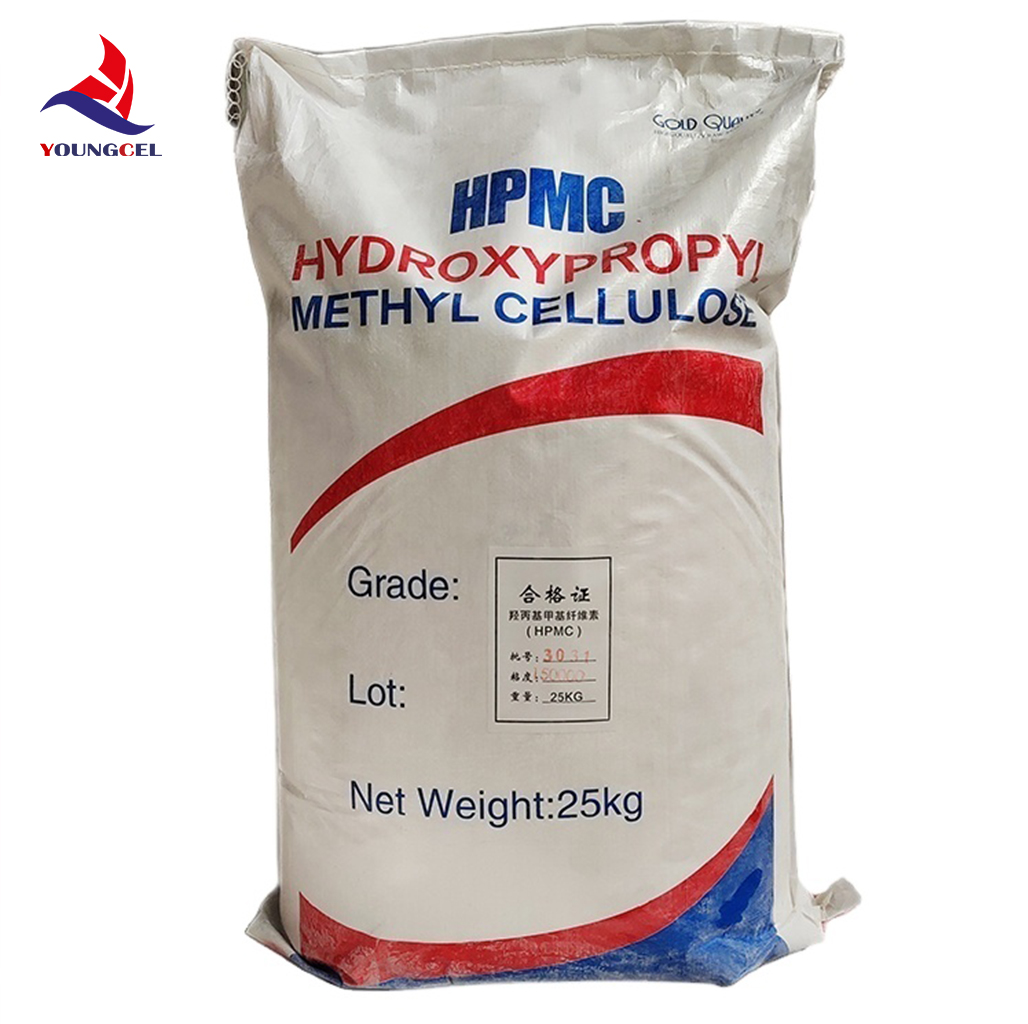The Role of Hydroxypropyl Methylcellulose (HPMC) in Various Industries
Hydroxypropyl Methylcellulose (HPMC) is a versatile synthetic polymer derived from cellulose, widely utilized across various industries due to its unique properties. As a non-ionic, water-soluble compound, HPMC is primarily known for its thickening, binding, and film-forming capabilities. Its chemical structure allows it to dissolve in water and form a gel, making it an invaluable ingredient in food, pharmaceuticals, construction, and cosmetic sectors.
Key Properties of HPMC
HPMC is characterized by its non-toxic nature, which makes it suitable for food and pharmaceutical applications. It is available in different viscosity grades and degrees of hydroxypropyl and methyl substitution, allowing for a customizable performance based on specific needs. The thermal stability and resistance to bacterial degradation further enhance its usability in diverse environments. Additionally, HPMC’s ability to form films and retain moisture contributes to the longevity and stability of products, making it an essential ingredient in many formulations.
Applications in Food Industry
In the food industry, HPMC is commonly used as a thickener, stabilizer, and emulsifier. It improves the texture and mouthfeel of various products, such as sauces, dressings, and dairy items. HPMC also plays a crucial role in gluten-free formulations, where it helps to enhance the structure and moisture retention of baked goods, providing a pleasant eating experience. Its capacity to improve freeze-thaw stability makes it ideal for frozen foods, ensuring that textures remain intact after thawing.
Pharmaceutical Uses of HPMC
cellulos ether hpmc

The pharmaceutical sector extensively utilizes HPMC due to its biocompatibility and ability to control the release of active pharmaceutical ingredients (APIs). In tablet formulations, HPMC serves as a binder that enhances the cohesion of powder particles, facilitating the production of solid dosage forms. Furthermore, HPMC is often utilized in controlled-release formulations, where its gel-forming properties help regulate the release profile of the drug, allowing for sustained therapeutic effects over extended periods. Its usage in ocular products and as a lubricant in surgical procedures also highlights its importance in medicine.
Construction Applications
HPMC has also made significant inroads into the construction industry, particularly in the formulation of mortars and adhesives. Its water-retaining properties enable enhanced workability and extend the open time of cement-based materials. By improving adhesion and reducing the risk of cracking in hardened polymers, HPMC contributes to durable construction practices. Furthermore, its role as a binder in joint fillers and grout formulations ensures superior performance and longevity of construction materials.
Cosmetic and Personal Care Products
In the cosmetic and personal care sector, HPMC is prized for its thickening properties and ability to enhance the feel of products. It is a prevalent ingredient in creams, lotions, and shampoos, where it helps stabilize emulsions and improve texture. By providing a silky feel, HPMC enhances user experience while also effectively stabilizing formulations against separation. Additionally, it acts as a film-former, providing a smooth finish in cosmetic applications.
Conclusion
In summary, Hydroxypropyl Methylcellulose (HPMC) is a remarkable compound with a wide array of applications spanning multiple industries. Its attributes of viscosity control, binding capacity, and water solubility contribute significantly to product enhancement, making it a sought-after ingredient in food, pharmaceuticals, construction, and cosmetics. As industries continue to demand versatile and effective materials, HPMC stands out as a crucial component in innovative formulations, supporting the development of high-quality products that meet consumer needs and regulatory standards. The future of HPMC looks promising, with ongoing research and development aimed at expanding its applicability and performance across various fields, solidifying its role as an important multifunctional polymer in modern manufacturing.
-
The Application and Significance of Construction RdpNewsMay.19,2025
-
Industrial Grade HpmcNewsMay.19,2025
-
Building Coating Adhesive Building Coating Adhesive HpmcNewsMay.19,2025
-
Application Of Hpmc For Detergent For Detergent In DetergentsNewsMay.19,2025
-
Application Of Hpmc Cellulose In Cement-Based MaterialsNewsMay.19,2025
-
Application Of High Quality Hpmc For Construction In The Field Of ConstructionNewsMay.19,2025




